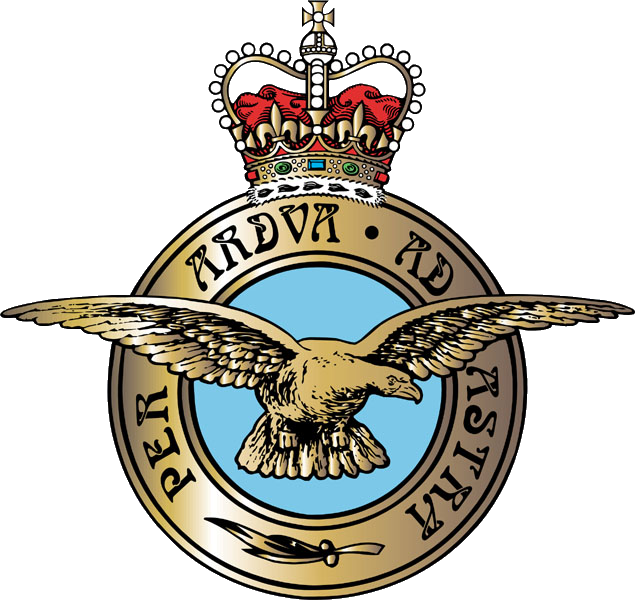The Bristol Blenheim was a light bomber,in the end of the 30s and at this moment he was designed one of the fastest military aircraft in the world. But by the time war broke out in 1939 it had been leapfrogged by more modern aircraft, and the Blenheim would turn out to be slow and vulnerable to modern fighters.
Despite this, over 6000 Blenheim and Bolingbroke would be produced, and the aircraft would serve extensively in the early days of WW2
The name Blenheim referred to the 2nd Battle of Höchstädt fought on August 13th 1704, This battle was a major battle of the War of the Spanish Succession between the Duke de Marlborough with Dutch English Danish Hessian and Prussians and the Franco-Bavarian armies under the orders of Marshal Tallard The Allied victory ensured the safety of Vienna from the Franco-Bavarian army, thus preventing the collapse of the Grand Alliance. Bavaria was knocked out of the war, and King Louis' hopes for a quick victory came to an end.
France suffered over 30,000 casualties including the commander-in-chief, Marshal Tallard, who was taken captive to England.
History
The origin of the Blenheim would be found in a a constatation .In the 30 s German firms were producing a variety of high-speed designs and they were breaking records So Lord Rothermere, Daily Mail owner wanted to recapture fot United Kigdomm the title of fastest civilian aircraft in Europe A light passenger plane, the Bristol Type 135 was under development between 1933 and 1935.
In 1934 the Bristol Type 135 attracted the attention of Rothermere who needed an aircraft with longer range. He launch a challenge to the British aviation industry to build a high-speed aircraft capable of carrying six passengers and two crew members. Therefore works began an a new aircraft Type 142, and plan was ready in April 1934. At the same time Bristol began work on a possible military variant, under designation Type 143,
In fact the Type 142 would become the Blenheim
Type 142 flew for the first time on April 12th 1935 at Filton powered by two 640hp Mercury VI engines, Hekeep a record of speed with a top speed of over 480kms per hour and he was faster than any fighter in service with the RAF at the time .With this speed it outclassed any fighter aircraft then in service.
Little after Lord Rothermere donate this Aircraft to the Air Ministry
He was tested at Martlesham Heath . Even with a full load, the aircraft still had a top speed of 460kmper hour
Air Ministry issued specification B.28/35 in August 1935. This specification covered the conversion of the Type 142 into a three man light bomber, Type 142M.
The Type 142 M was complete by September 1935, and Air Ministry placed an order for 150 Blenheim Mk Is.
To have its relatively high speed, Blenheim had a very small fuselage cross-section
The biggest change between the Type 142 and the Blenheim was in the wing position, which was moved from the low wing position of the passenger plane, to a mid wing position. Most secondary instruments were arranged along the left side of the cockpit with essential items like propeller pitch control actually placed behind the pilot where they had to be operated by feel alone Pilot's quarters on the left side of the nose were so cramped that the control yoke obscured all flight instruments while engine instruments eliminated the forward view on landings
454 kg bomb load could be carried in the internal bay but like most contemporary British aircraft, the bomb bay doors were kept closed with Bungee cords and they were opened under the weight of the released bombs. So the bombing accuracy was consequently poor.This bomb bay is positioned below the central wing spar. Other changes included the creation of a navigator/ bomb aimer position below the pilot’s position, and the fitting of armament.
Full production was authorised in December 1936, and deliveries began in March 1937, four years after work had begun on the original Type 135. The Blenheim was already in the same time of the Messerschmitt Bf-109B The Me Bf 109b has a top speed of 470km/h when Blenheim has a 450 kms:h
The other versions of the Bf-109 would get faster, and Blenheim would actually lose speed over its three main versions.
Blenheim Mk I entered in service in March 1937. It closely resembled the final prototype, other than the engines, which were changed to Bristol Mercury VIIIs, producing 850 hp.
The Mk I had the distinctive short nose, with the front of the aircraft almost in line with the propellers. Armament was provided by one fixed forward firing .303in (7.7mm) Browning MG outboard of the port and a Lewis Gun (replaced by Vickers VGO MG in 1939 ) in a semi-retracting Bristol Type B Mk.I dorsal turret firing to the rear wing, and another .303in machine mounted in a semi-retractable Bristol designed turret. ..
By the time war broke out, the Blenheim Mk I had been withdrawn from service in Britain, and instead was equipping squadrons in North Africa and the Far East
All versions of the Blenheim were awkward to get in and out of.
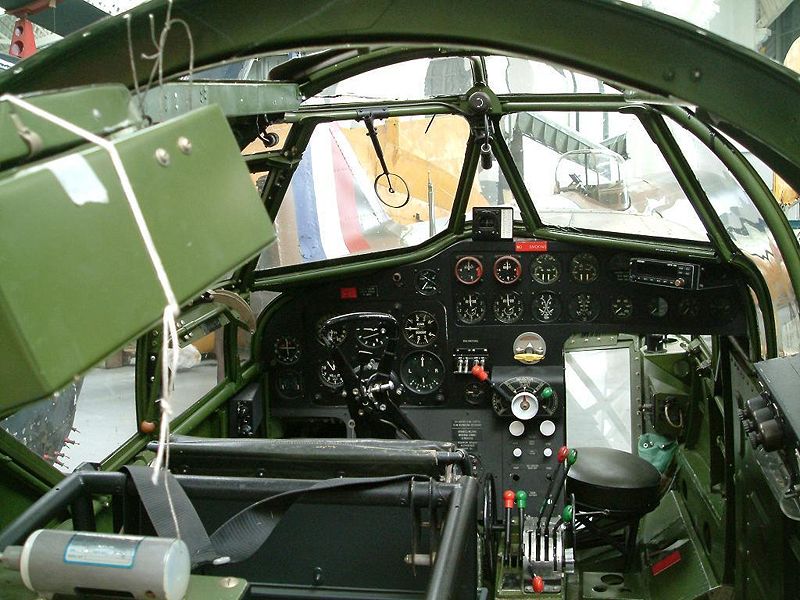 |
| Cockpit Blenheim Duxford (Internet ) |
The pilot and navigator had to lower themselves in via a hatch above the cockpit, and minor scrapes and cuts were common. The navigator/ bomb aimers position in the Mk I was cramped, with no space for a proper map table. However, the pilot did have excellent visibility.
Versions
Mk I
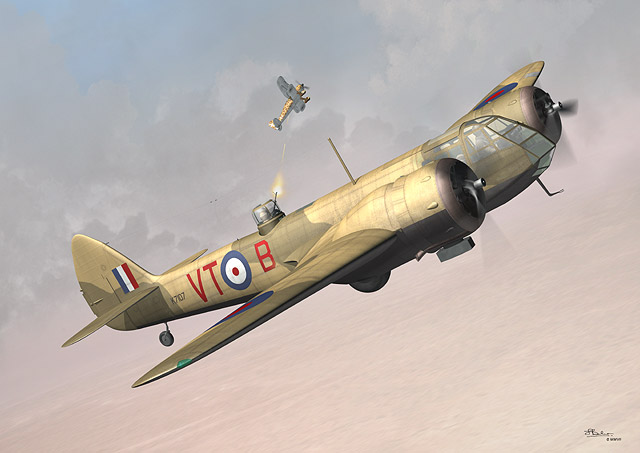 |
| Internet |
It was identical at the first 18 Bolingbroke and the Blenheim Mk IV, including British instrumentation. The eighteen Mk Is were also used to test out new designs. One aircraft was rebuilt after a crash to use American instruments, and redesignated the Mk II. Experience from this model would be used on the Mk IV
In all between 1,280 and 1351 Mk Is were built, production
Mk IF
A number of Blenheim were converted to act as long range escort fighters. This involved fitting a gun pod, containing four .303in Browning machine guns in the bomb bay. The Blenheim Mk IF was not a great success as a day fighter, not having the required speed. During 1940 it also served as night fighter, carrying some of the first Airborne Intercept radar, achieving some success in this role. However, the Blenheim was barely fast enough to catch German bombers, and was soon replaced by more suitable aircraft.
Mk IV
The Blenheim Mk IV was first developed as a general reconnaissance aircraft – an all purpose maritime wartime aircraft, to fill the gap between the Avro Anson and the upcoming Bristol Beaufort. In the event, that gap was filled by the Lockheed Hudson, and the Blenheim Mk IV would serve in the same bomber role as the Mk I.
Others modifications
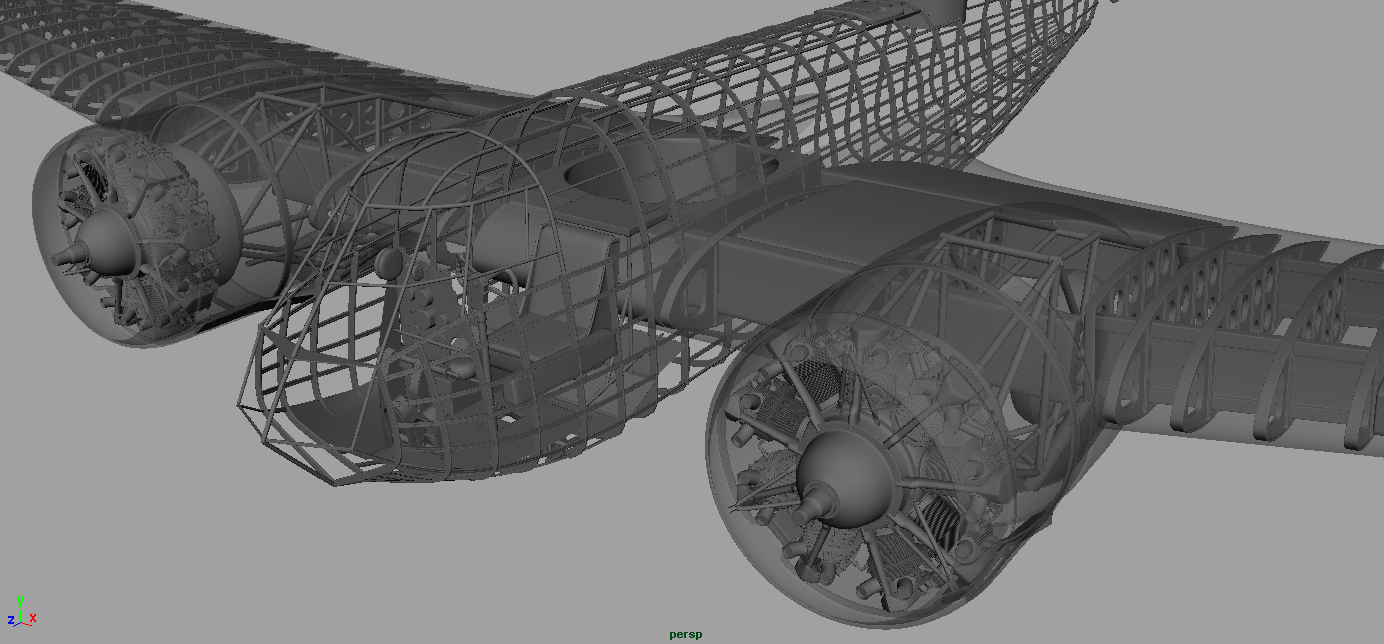 |
| Internet |
The short nose had not been popular, especially with navigators, who had a rather cramped position below the pilot. The nose needed rather more work. The first design, mocked up in October 1936, involved extending the nose of the Mk I by 90 cm, giving at the navigator/ bomb aimer much more space. But tests in October 1937 revealed problems with this - the windscreen was too far from the pilot, causing problems with glare, reflections and distorted view.
The solution adopted was to produce an even longer nose, but to lower the top of the navigator/ bomb aimers’ compartment, and move the pilot’s windscreen back towards him. Finally, the starboard roof of the nose was lowered even further, giving the Blenheim an asymmetrical appearance from the front.
After the nose the range of the aircraft would bee increasing to assure long patrols over water.
The solution was addition of 425 liters fuel tank in the outer wing. This increased the range of the aircraft by around 800 kilometers but did mean that the aircraft was too heavy to land when fully loaded so a fuel jettison system was added to allow the pilot to bring down the weight of the aircraft in an emergency.
Early Mk IVs carried the same defensive armament as the Mk I but, combat experience soon revealed that the aircraft was badly under-gunned, and a variety of improvements were carried out.
The turret was upgraded to carry two Vickers or Browning machine guns. A free mounted Vickers “K” gun was added to the nose. Finally, rear-firing ventral turrets were fixed under the nose, aimed via a periscope by the navigator.
Bomb load remained the same, at 450 kgs ( four 110kgs or two 220 kgs )
Production of the Mk IV was much delayed. The first orders for the type were placed in 1936, but the first deliveries did not start until early 1939. After that production accelerated, with Avro and Rootes the main suppliers. On September 3rd 1939, R.A.F. had 168 Blenheim IVs equipping ten squadrons
The Mk IV was first developed as the Bristol Type 149 “Bolingbroke”, and was actually produced under that name in Canada.
3297 Blenheim Mark IV were produced
Bolingbroke
It was built in Canada for a maritime patrol aircraft by Fairchild Aircraft Ldt Canada This type was nicknamed Bolly. Bolingbroke Mk I, was built with American instruments and equipment. The Bolingbroke was only used by the R.C.A.F. It was first issued to No. 8 (Bomber Reconnaissance) Squadron late in 1939, and used for coastal reconnaissance.
These versions included anti-icing boots and dinghy A total of 676 Bolingbroke was produced some of them served as bombers during Aleutians Campaign where they participate at the the sinking of the Japanese submarine Ro32 on July 7th 1942 in collaboration with the U.S. Navy). 150 served in the intended role as patrol bombers over North Atlantic Another 450 were completed as the Bolingbroke Mk IVT as Trainers
A final variants was the Bolingbroke Mk IVW which was powered by two 634 kW (850 hp) Pratt & Whitney SB4G Twin Wasp Junior engines
Versions of the Bolingbroke
Mk I
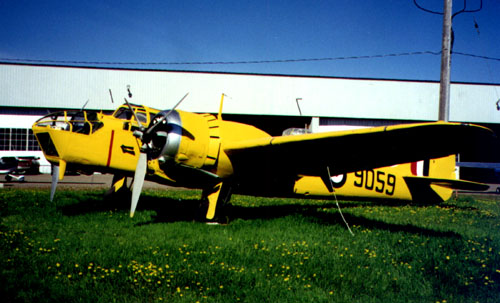 |
| Bolingbroke (internet ) |
18 identical to the Blenheim Mk IV, including British instrumentation.
Mk II
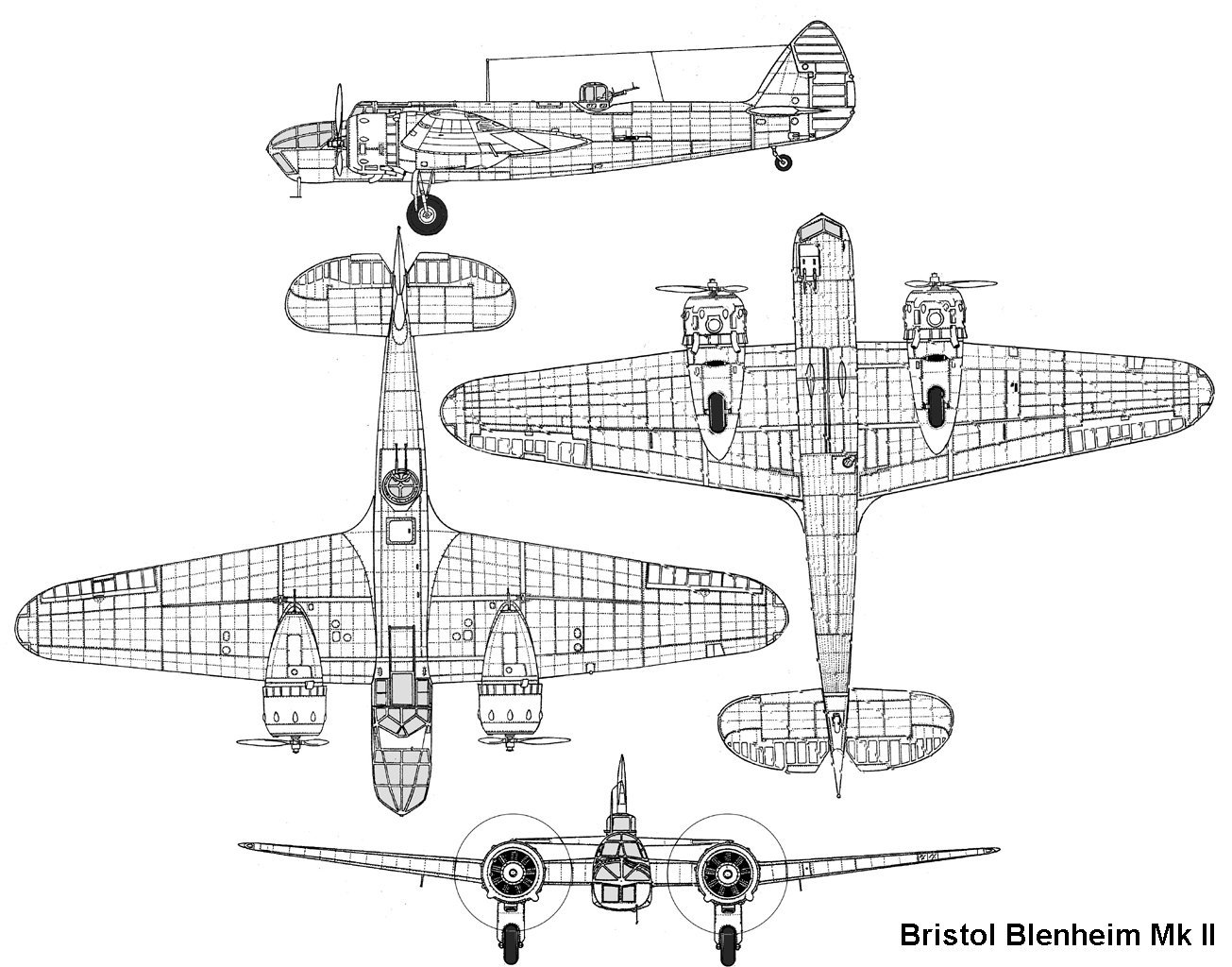 |
| Internet |
One aircraft rebuilt after a crash to use American instruments, and redesignated the Mk II. Experience from this model would be used on the Mk IV.
Mk III
Two Mk Is were converted into float planes during 1940, using two Edo floats.
The Bolingbroke Mk III did not enter production, and the two prototypes were converted back to Mk Is during 1942.
Mk IV
The Bolingbroke Mk IV was the standard version of the aircraft. It used the 905 hp Mercury IV engine (late production used the Mercury XX, with 950 hp) and American instrumentation. 151 Mk IVs and 457 Mk IV-Ts were produced in total.
Mk IV V
Fourteen of the 151 Mk IVs were build using the Pratt and Whitney Wasp Junior engine (825 hp). The type was developed to guard against any shortage of Mercury engines, but not shortage developed.
Mk IV-C
Another engine tried out in the Bolingbroke was the 900hp Wright-Cyclone GR-1820-G3B. Tests revealed that this engine did not produce a significant improvement in performance, so the type did not enter production.
Mk IV-T
The most numerous version of the Bolingbroke was the Mk IV-T, used as a trainer. In total 457 Mk IV-Ts were built, with the first deliveries in March 1942. The final 57 were powered by the Mercury XX-star engine. Another 51 airframes were completed, but not delivered.
Mk IVF
As with the Mk I, there was a fighter variant of the Mk IV, created by placed a gun pack, carrying four .303in machine guns, in the bomb bay. This variant served as a night fighter with Fighter Command, and with Coastal Command.
626 Bolingbroke were produced
Mk V
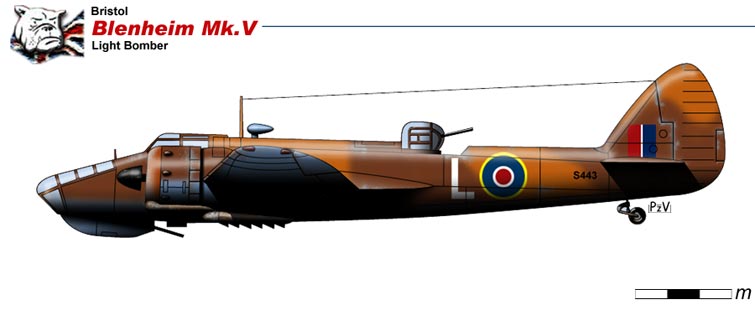 |
The Bristol Bisley was the original name adopted for a proposed ground attack version of the Bristol Blenheim. When the aircraft finally entered production, it was decided to keep the Blenheim name instead, and so the Bisley became the Blenheim Mk V.
He was first proposed in early 1940 as a heavily armoured ground attack aircraft. As originally designed, it replaced the normal Mk IV nose with a solid “ducks bill” nose, containing four .303in machine guns. It would use engines optimised for low altitudes, and carry 600lbs of armour. The need for a ground attack aircraft quickly disappeared in 1940 after the collapse of France. Work continued on the Mk V, under the name Bristol Bisley, but now with a navigator/ bomb aimers position located in the new nose. This was not an ideal compromise – the new nose was so cramped that the navigator had to be given a footwell, just in front of the rear-firing Frazer-Nash turret, hidden inside the turret fairing.
The Mk V also carried a new Bristol BX dorsal turret, again with two .303in machine guns. The combined changes increased the all in weight of the Mk V to 17,000 lbs, but the type used the engines of the same power as the Mk IV, and so performance was reduced.
Mk V saw service in North Africa during Operation Torch. As would be expected, the new aircraft was increasingly vulnerable to German fighters and sufferedheavy loses. It also saw service in the Far East, attacking Japanese positions in Burma.
942 Blenheim Mark IV were produced
Blenheim at war
If the Blenheim was a outstanding aircraft in 1935 he was with the rapid advances in technology obsolescent at the start of the WW2
Bomber Command
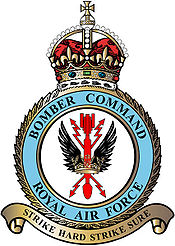 |
Bristol Blenheim entered Bomber Command service in 1937, with No. 114 squadron, and soon became one of the command’s most important aircraft. In 1938 during the Munich crisis 16 home based squadrons (Of Nos.1, 2 and 5 Groups) were equipped with the Blenheim Mk I.
But in at the outbreak of war in September 1939, he remain only 2 squadrons of Mk I The other are equipped with Mk IV.( 6 squadrons of No. 2 Group, as well as one pool squadron, two army co-operation squadrons and one night fighter squadron ).
The first fly over Germany was make by a Blenheim Mk IV on September 3rd 1939 with a a reconnaissance over the German naval base at Wilhelmshaven and latter Blenheim Mk IV became the first British aircraft to attack a target in Germany. 15 Mk IVs from Nos. 107, 110 and 139 squadrons were sent to attack German warships near Wilhelmshaven., five were lost. They damage cruiser Emden
During the Battle of France Blenheim suffered heavily during as the Fairey Battle
They attacks the Sedan bridgehead on May 14th Fighting in France revealed the Blenheim Mk IV to be under armoured, under armed and too slow.
Blenheim IVs of Bomber Command were heavily involved in operation Channel Stop (attacks against German day coastal convoys from April 1941 until October 1941,
It was replaced by modern aircraft( Boston and Ventura ). After few bombing operation over Germany Blenheim began a series of offensive operations over German occupied France, (operation Circus ) The aim of these operations was to force Luftwaffe fighters to react, allowing the British fighters to engage and destroy them. But Circusoperations was a failure for RAF
Blenheim was withdrawn from Bomber Command in August 1942, It was replaced by the Douglas Boston and Lockheed Vega Ventura as a light bomber.
Coastal Command
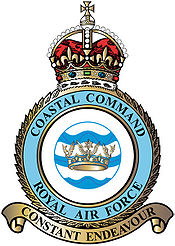 |
Coastal Command receive only Blenheim after the outbreak of war.
In October 1939 four trade protection squadrons were formed. Another four transferred from Fighter Command in 1940. Blenheim of No. 82 Squadron was the first British aircraft to sink a U-boat, sinking U.31 on 11 March 1940
Four Coastal Command squadrons were eventually equipped with the Blenheim Mk IVF (Nos. 235, 236, 248 and 254), along with two R.C.A.F squadrons. No. 254, based at St. Eval in Cornwall
Blenheim was withdrawn from Coastal Command in early 1942 , It was replaced by the, the Beaufighter and Mosquito.
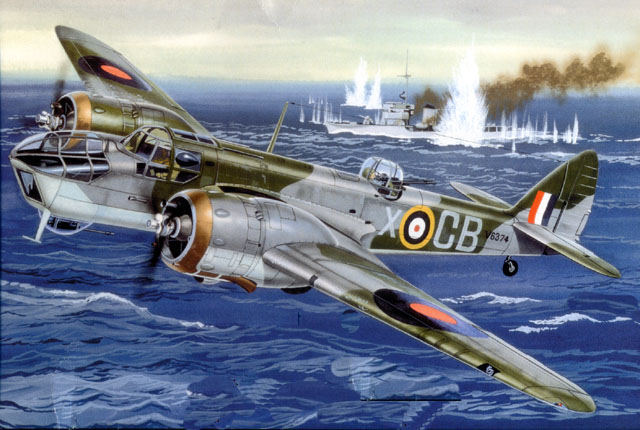 |
Middle East
Blenheim Mk I was deployed to the Middle East with 30th Squadron, based at Habbaniya, Iraq, on January 1938. When Italy declared war in 1940, we found 9 Blenheim squadrons in the Middle East (5 in Egypt, 3 in Aden and 1in Iraq ).
The squadrons based in Aden faced a much larger Italian force based in East Africa, while the Egyptian squadrons had to face west towards Italian North Africa.
Blenheim made the first British air attack on Italian positions in North Africa on June 10th 1940
The Blenheim played an important role in the early successful period in the desert in 1940 and early 1941, as the only modern RAF bomber in the theatre.
It was only when the Luftwaffe began to appear in force that the Blenheim would find itself outclassed once again.
1941 saw five Blenheim squadrons sent to Greece, where they suffered very heavy loses during the German invasion. After the evacuation from Greece, No. 30 Squadron was sent to Crete, where it was virtually wiped out.
Blenheim were amongst the aircraft based on Malta but Blenheim squadrons were forced to withdraw to Egypt, leaving Malta on February 22nd 1942.
Blenheim Mk IV remained active in the desert until the end of 1941.
At that point most of the remaining Blenheim squadrons were rushed to the Far East. Only two squadrons retained the Blenheim Mk V until the end of the desert war in May 1943
East Africa
3 squadrons took part in the fighting there between June 1940 and the Italian surrender in May 1941
Far East
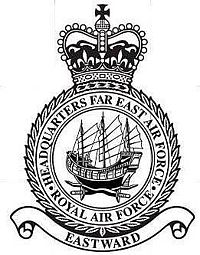 |
Blenheim Mk I reached India early in 1939. In December 1940 3 squadrons were equipped .On December 8th they were in Malaya, where its suffered very heavy loses in early 1942.
More Blenheim squadrons with Blenheim Mk IVs were sent from the Middle East. After the Japanese attack the remaining aircraft destroyed.
In Autumn of 1943 these aircraft had been replaced by more modern types.
Night Fighter
 |
| Nigth Figther (Internet) |
With the adoption of the Mk IV by Bomber Command meant that many Mk Is were now surplus to requirement. After the heavy losses durng spring 1940 Blenheim was tested for as nitht fighter . However, it did have the internal space to carry the new airborne interception (AI) radar.
One wing of Blenheim had been testing this equipment when the war broke out. A small number of radar equipped Mk IFs, of the Fighter Interception Unit, operated as night fighters through 1940 and into 1941.
It was a Blenheim Mk IF of the FIU that made the first successful interception using airborne radar, shooting down a Dornier Do 17 on the night of 21/22 July 1940.
But Blenheim was too slow to make a truly successful night fighter and it was replaced by the Bristol Beaufighter,
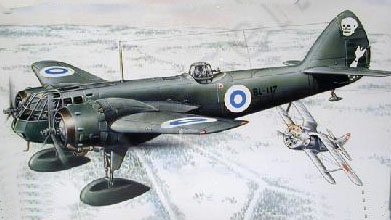 |
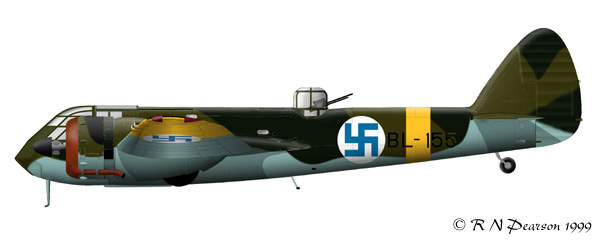 |
| Finland ( attention flases roundels ) Internet |
Finland (internet ) |
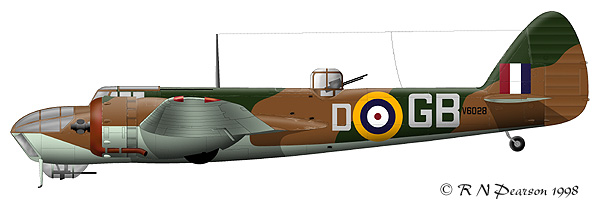 |
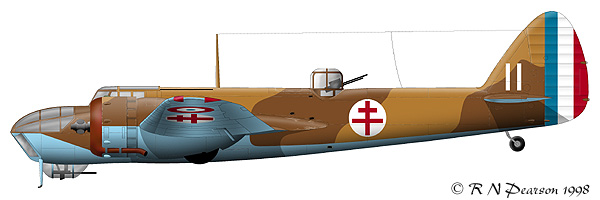 |
| Great Britain (Internet ) |
Free fFrench (internet ) |
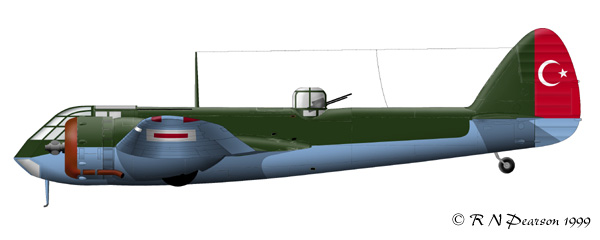 |
 |
| Turkey (Internet) |
Great Britain (Internet ) |
Other users
.png) |
| Great Britain |
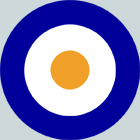 |
.jpg) |
.jpg) |
.png) |
| South Africa |
Australia |
New Zeland |
Canada |
 |
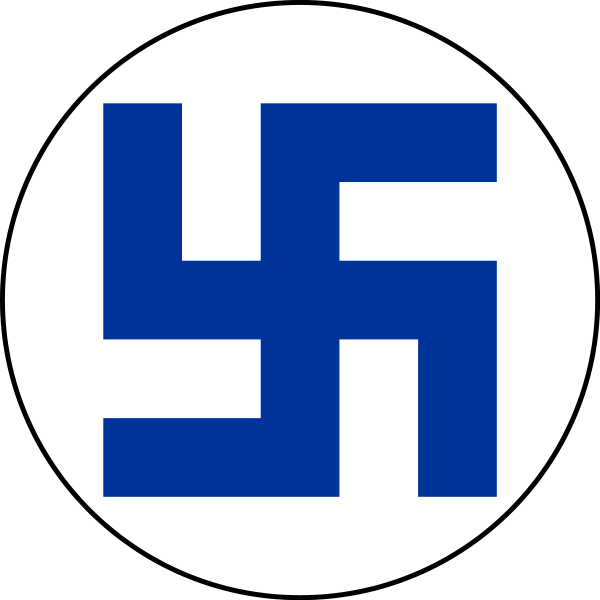 |
.png) |
.jpg) |
| Croatia |
Finland |
Free French |
Greece |
 |
.jpg) |
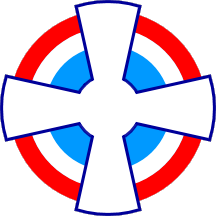 |
.jpg) |
| Portugal |
Romania |
Yougoslavie |
Turkey |
After French defeat in June 1940, the Free French Air Force was formed in the form of Groupe Mixte de Combat (GMC) 1, consisting of a mixed bag of Blenheim and Lysander liaison/observation aircraft, which eventually went to North Africa against Italians and Germans.
Australia Canada Croatie Finlande France Greeece New zeland Portugal Romania South Africa Turquie UK Yougoslavie
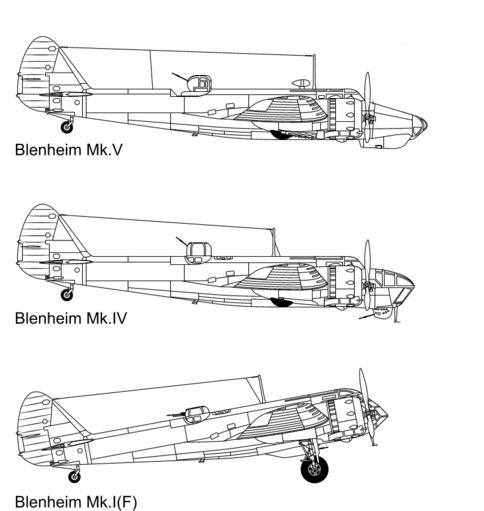 |
| Internet |
Specifications

Crew 3
Length 12.98 m
Height 3.0 m
Wingspan 17.17 m
Wing area 43.6 m²
Empty weight 4,450 kg Loaded weight 6,545 kg Power plant
|
|
Mk I
|
Mk IV
|
Mk V
|
|
Engine (2)
|
Bristol Mercury VIII
|
Mercury XV
|
Mercury XXV
|
|
H.P.
|
840
|
995
|
950
|
|
Max Speed
|
448 kms/h
|
428kms/h
|
418kms/h
|
|
Range
|
1600kms
|
2350kms
|
2570 kms
|
|
Ceiling
|
8kms
|
6 kms
|
9.5kms
|
|
Bomb load
|
450 kgs
|
450kgs
|
450 kgs
|
Armament
Gun 1× .303 in (7.7 mm) Browning MG in port wing
1 or 2× .303 in Browning guns in rear-firing under-nose blister
or Nash and Thomson FN.54 turret
2× .303 in Browning guns in dorsal turret
Bombs:
4× 110 kg ou 2× 230 kg bombs internally and 8× 18 kg bombs externally






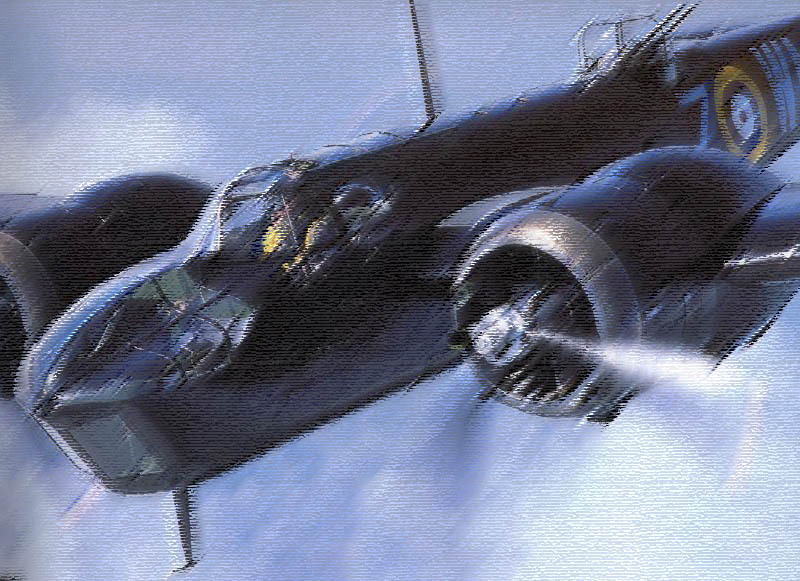


.jpg)














.png)

.jpg)


.png)
.jpg)

.jpg)

.jpg)

